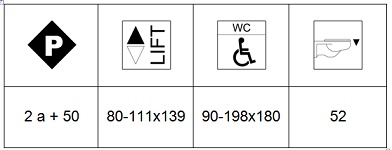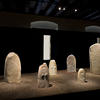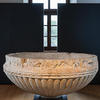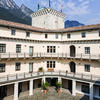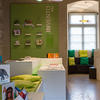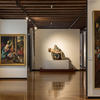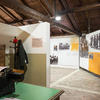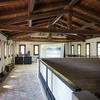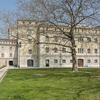Mag Alto Garda museum
The MAG Museo Alto Garda is comprised of the Museum of Riva del Garda, which looks directly onto the lake itself, and the G. Segantini City Gallery in Arco. The Rocca of Riva del Garda, an ancient medieval castle standing on the lakeside, is home to the headquarters of the Mag Museum with its three permanent sections, spaces for temporary exhibitions, and the workshop itinerary known as ‘INvento', designed for younger visitors and their families.
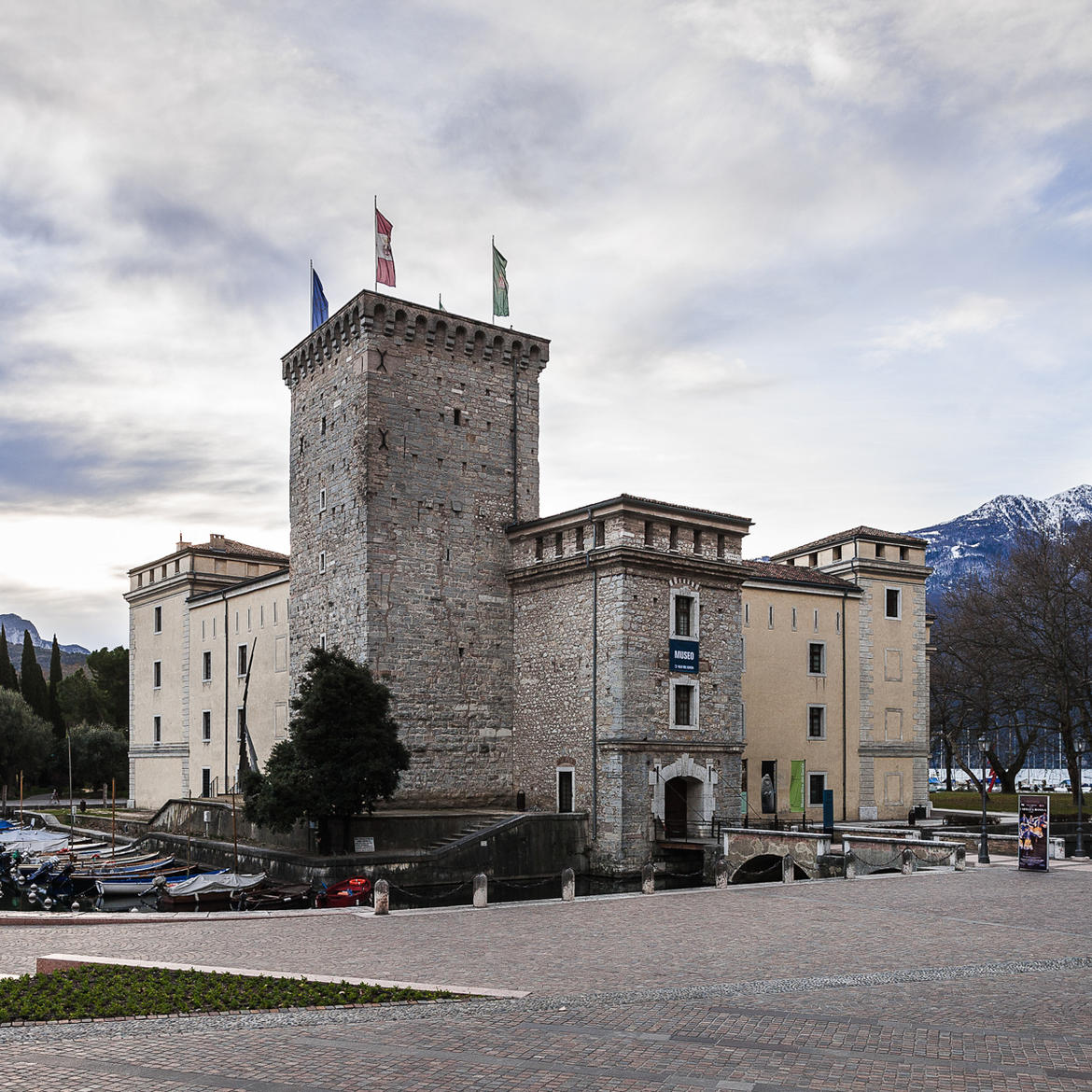
The MAG Museo Alto Garda is comprised of the Museum of Riva del Garda, which looks directly onto the lake itself, and the G. Segantini City Gallery in Arco, standing at the foot of the Castle Mount which dominates the entire Sarca valley.
In the two venues of the MAG Museo Alto Garda, history, archaeology, landscape, art and the contemporary world converse via a mutual exchange to offer an approach which valorises our own heritage with the aim of better interpreting both the present and the future.
The Rocca of Riva del Garda, an ancient medieval castle standing on the lakeside, is home to the headquarters of Museum and the Riva venue of the MAG Museo Alto Garda, with its three permanent sections, spaces for temporary exhibitions, and the workshop itinerary known as ‘INvento', designed for younger visitors and their families.
In the first section, dedicated to Archaeology, the famous stele statues are to be found, precious findings of international interest, dating back to the Copper Age.
The Picture Gallery features landscapes painted by those 19th-century painters struck by the beauty of the marvellous natural views of the Garda area, featuring works of artists such as Pietro Ricchi, Vincenzo Vela and Francesco Hayez.
The History section portrays the past of Riva del Garda and the Lower Sarca area in general, characterised by the passage of various conquerors, such as the Veronese, the Milanese and the Venetians, right up to the golden period in which Riva del Garda became a tourist resort for illustrious guests, such as Thomas Mann and Franz Kafka.
Throughout the year, the Museum also dedicates much space to temporary exhibitions and research projects, aimed at offering both a contemporary interpretation of the historic and artistic heritage in the Museum's possession and views of the landscape and contemporary culture.
Instead, with the INvento project, the Museum has created a series of spaces dedicated to children inside the galleries, with the aim of letting them learn while enjoying themselves. INvento is a permanent workshop trail, with various stations around the Museum offering both teaching activities and creative games, now offering the chance to try out different painting materials and techniques with an exciting treasure hunt among the works in the collection.
A must for all visitors to the museum is the climb up to the Mastio, the main tower of the Rocca offering a breathtaking view of the city and the lake. This enchanting panorama may also be seen from the top of the Apponale Tower, just a short walk away from the Museum across the town centre.
Notes on the accessibility to the site
Free admission for visitors with disabilities and their companions (a certificate of invalidity is NOT required).
The indicated parking spaces are located in Piazza Garibaldi. The pathway leading to the museum has porphyry stone and cobblestone paving. The park surface is made of porphyry, cobblestones and grass. Cobblestones cover also the internal courtyard. The stage can be reached by a 262 cm long ramp (slope: 4%). The Council Hall expands on many levels and is fitted with 4 ramps, each with a length of 99 cm and slope between 8% and 10%. The exhibition halls on the ground - and 1st floor are accessible via ramps with a length ranging from 100 to 280 cm (slope: 4-8 %). The access to the halls on the 3rd floor is via stairlift (please ask the staff for its activation). There is a 26 cm high step on the way to the tower area, followed by a 186 cm long ramp (slope: 8%) and 65 steps (riser: 17 cm). The indicated wheelchair accessibile toileta are on the ground floor (open-front toilet seat). Other dedicated toilets can be found on the 1st floor.
Information collected by the staff of the Cooperative Handicrea
